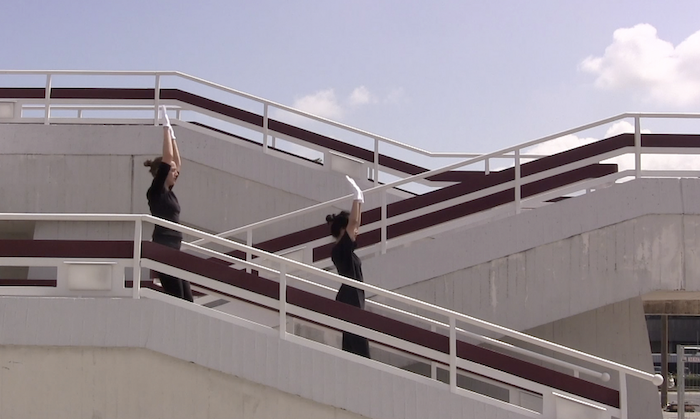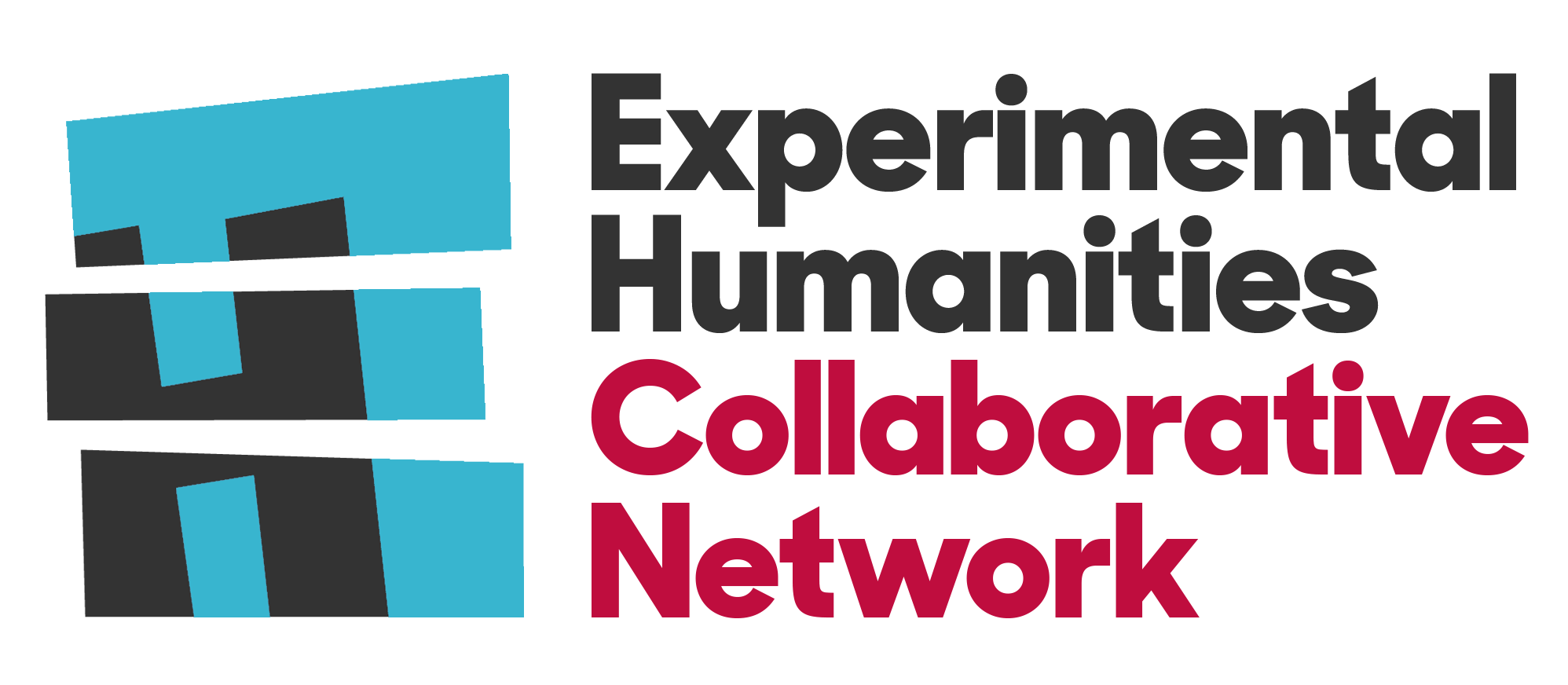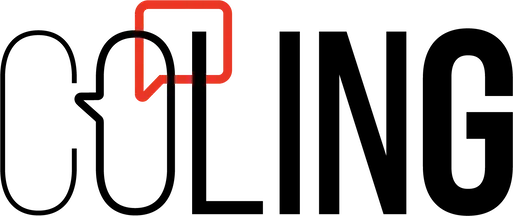
Welcome to Our new portfolio
Online featuring Palestinian artists
Visit the online exhibition:
https://palestine.to-be-named.org
Vivien Sansour - Sept 2024
When I was invited to curate a show about names and the significance of language in shaping how we view the world, my mind immediately went to the poetics in the Arabic naming of plants and trees, with emphasis on sayings that play on words like “Zareea,” which means both plants and children at the same time. But as I engaged the different artists in this modest online exhibition, I realized the limitations of my own understanding of language. As an educator, I always thought of Paulo Freire’s worlding-the-word concept to be important, but never as urgent as wording the world, an approach that I saw more fit for designing a new society and new cultural understandings. How do the words we use impact our understanding of things, places, and people? In a time when our world is being destroyed and everything we know is being transformed and shifted, how can language help us construct new futures? Can naming things as we wish them to be actually shape them into what it is we aspire to? And how can language play a role in keeping something that no longer physically exists alive?
These questions and more were some of the themes the artists of this show engaged in. In Saida Hamad’s “Asameena” podcast, for example, she interviews young people who carry the names of their ancestral villages that were destroyed in Palestine during the 1948 Nakba, The Catastrophe, as Palestinians call it. The beginning of this ongoing Nakba, has led to the immense loss of lands, homes, humans, and non-human beings. That’s why everyone in Hamad’s interviews carries the name of their parents' hometowns or the names of places like Jenin, which is known for being the bread basket of Palestine. Coincidentally, Bisan, who is featured in the podcast, is named after the town Bisan in northern Palestine, whose people were forcibly displaced. It is also the name of one of the participating artists in this exhibition, Bisan Abueisha. Abueisha chronicles the story of his mother and father’s correspondence during the time his father was in Israeli prison. In his recorded video speaking with his mother about that time, Bisan acknowledges his unconscious dismissal of his mother’s role during the uprising, The Intifada, when his dad was a political prisoner. In conversation with Bisan’s work is the contribution of photographer Samar Hazboun of Bethlehem, who tries to find her father in a photograph, both metaphorically and literally. Her search for him, after he came out of political prison a changed man, led to the lifetime longing of his smiles that had faded away and of the father he had been before he was taken away from his family.
Longing, Hanin, which is also a woman’s name in Palestine, was a word that became a constant thread in all conversations with the artists. Whether it was in Ayed Arafah’s piece, where he tried to recreate the horizon of the sea in hanging plastic bags of blue water from the ceiling, or in the recollections of Raneem Ayyad’s years of crossing the bridge over the Jordan River to make it through several checkpoints into Palestine. The constant longing, Hanin, for either people, times, or places, or in the case of Arafah, a body of water, is still a living sentiment amongst most Palestinians both in Palestine and across the diaspora. The very experience of being a refugee and the emotions that one endures require naming. What do you call the longing for the sea? Or the longing for the breeze? What do you call the place that you make your new home when you are still attached to the home your parents left and still remember? Do you still call it “home” if you have never seen it with your own eyes, but you know it is where you come from? And what is home? Is it just the structure of a house, or is it everything in the microclimate in which you are raised? When attempts to compensate refugees for their homes don't include sand, sea, breeze, waves, or even a tree, is it really a reparation?
As we delved into the several projects and the different ways things are named, names seemed to be both victims and criminals at the same time used to uplift at times and to oppress at others. In Shada Safadi’s piece, “Birds, They Don't Want to Migrate” we learn about the wind power project Israel is creating in the occupied Syrian Golan that is being presented in benign “ecological” terms while at the same time disrupting human and wildlife in the north. Not unsimilar to the colonial approach that destroyed much of the Indigenous prairies in Turtle Island, Palestinian plains and mountains have been taken over in the name of conservation and environmental protection.
However, where language fails, gestures win. In Laura Menchaca Ruiz and Khader H. Handal’s short films, we get a glimpse of life in Bethlehem in a way that allows us to “read the world” in accounts and images of lives still lived and still insisting on beauty in the midst of so much horror.
While each of the six artists’ contributions are powerful on their own, the conversations, questions and collective engagements that shaped the process of this online exhibition have proved to be just as profound as the individual pieces themselves. In many ways, the visuals and the sounds lost meaning in the face of a truth we all reckoned with in our many Zoom calls (because we couldn't be in the same place) and that is: we are in a painful moment in our history both as Palestinians and as the human species. What we are witnessing, whether in person or on social media, is indescribable, and language fails us every time we try to conjure the right words. Naming things is important, not just as a form of resistance, but also because it shapes the world around us and helps us make meaning of events and experiences that we collectively and individually go through. Naming something such as our current trauma is no longer a matter of mere intellectual exercise, it has become of utmost necessity to help us get through and hopefully be able to heal from it, if we ever will. After all that is said and done, language is going to have to adjust to us or we will have to create more relevant words, more relatable naming for experiences that have never been lived before and for a world that is hospicing itself, its languages, and its cultures, and its own existence as we have known it up until now.
---------------------
October 1, 2024 at 4:30 PM - 6:30 PM
Blithewood Manor
Piano Room
Bard College Annandale (NY, USA)
Please join us on October 1 for the opening reception of To Be—Named: Palestine. This online exhibition features artists and filmmakers based both in Palestine and the Palestine Diaspora. The opening will also include a short screening of several artists in conversation with each other. Refreshments from Ziatun provided!
Artists include: Laura Menchaca Ruiz and Khader H. Handal, Saida Hamad, Ayed Arafah, Samar Hazboun, Bisan Abueisha, Raneem Ayyad, Shada Safadi.
To Be—Named: Palestine was in collaboration with the Humanities and Practicing Arts Division at Al-Quds Bard College (AQB) in Palestine.




